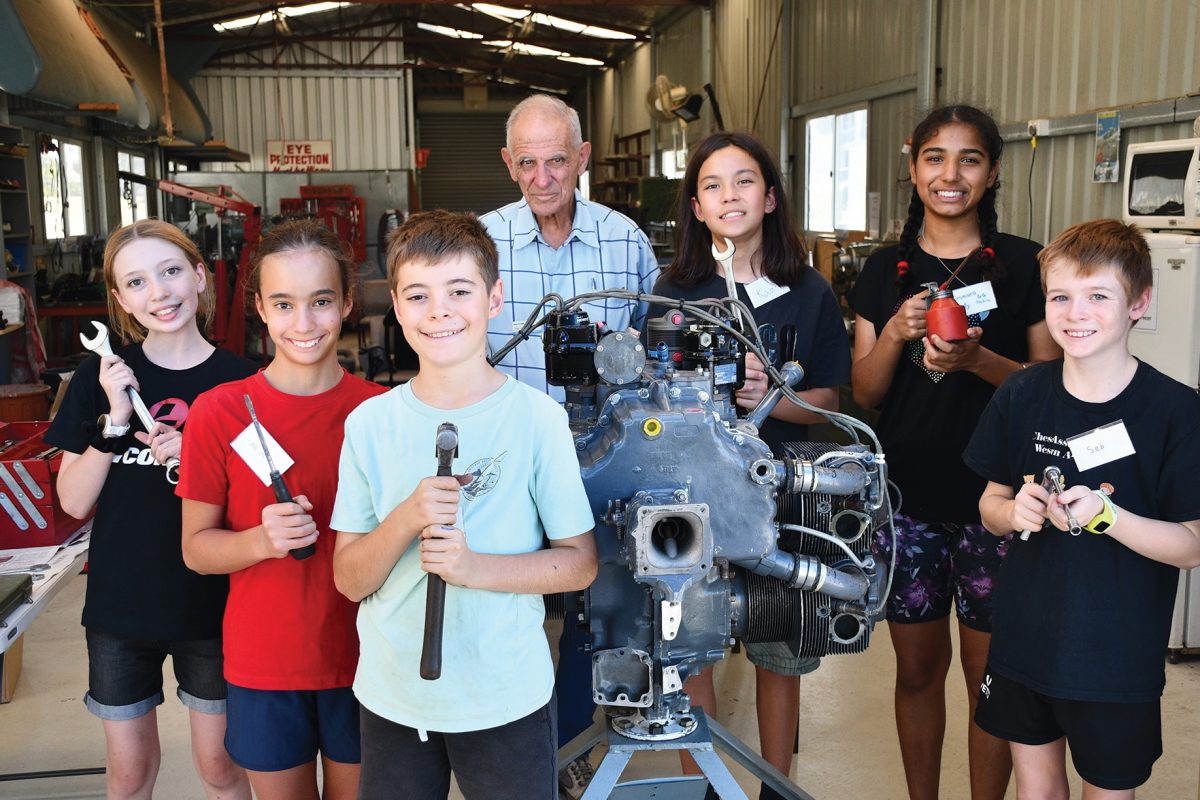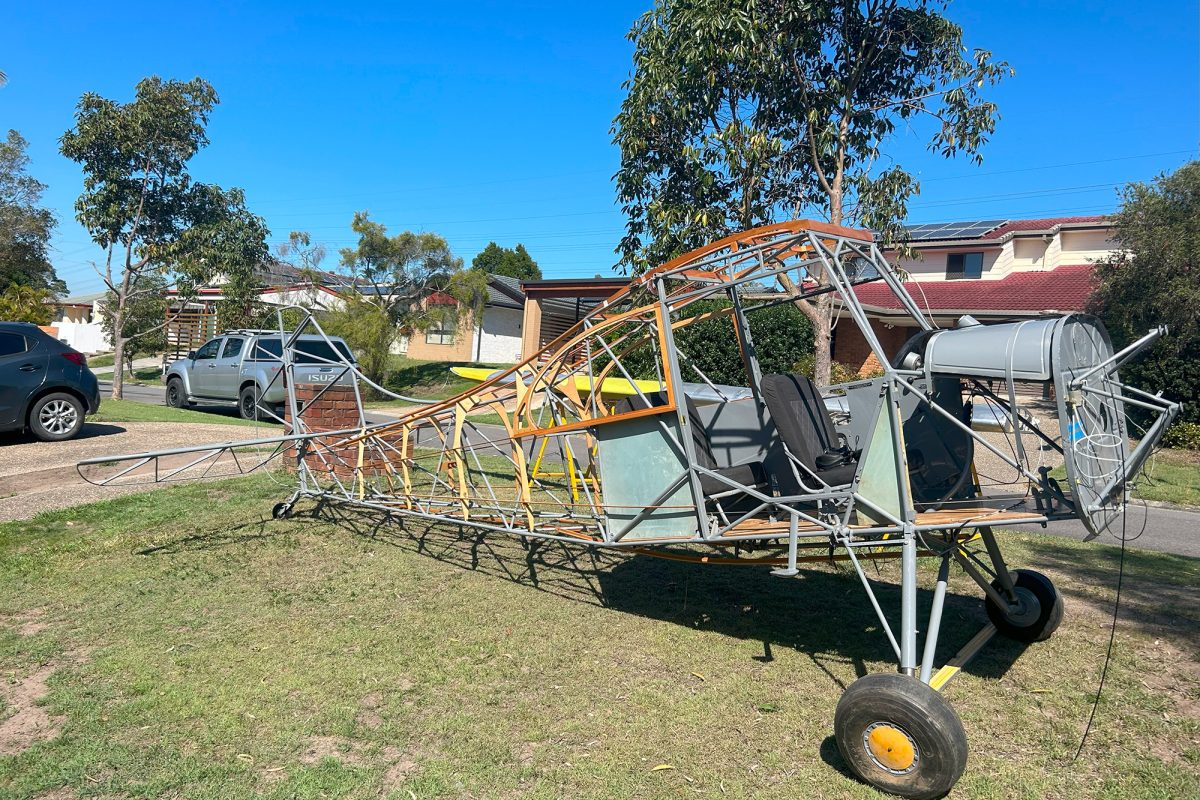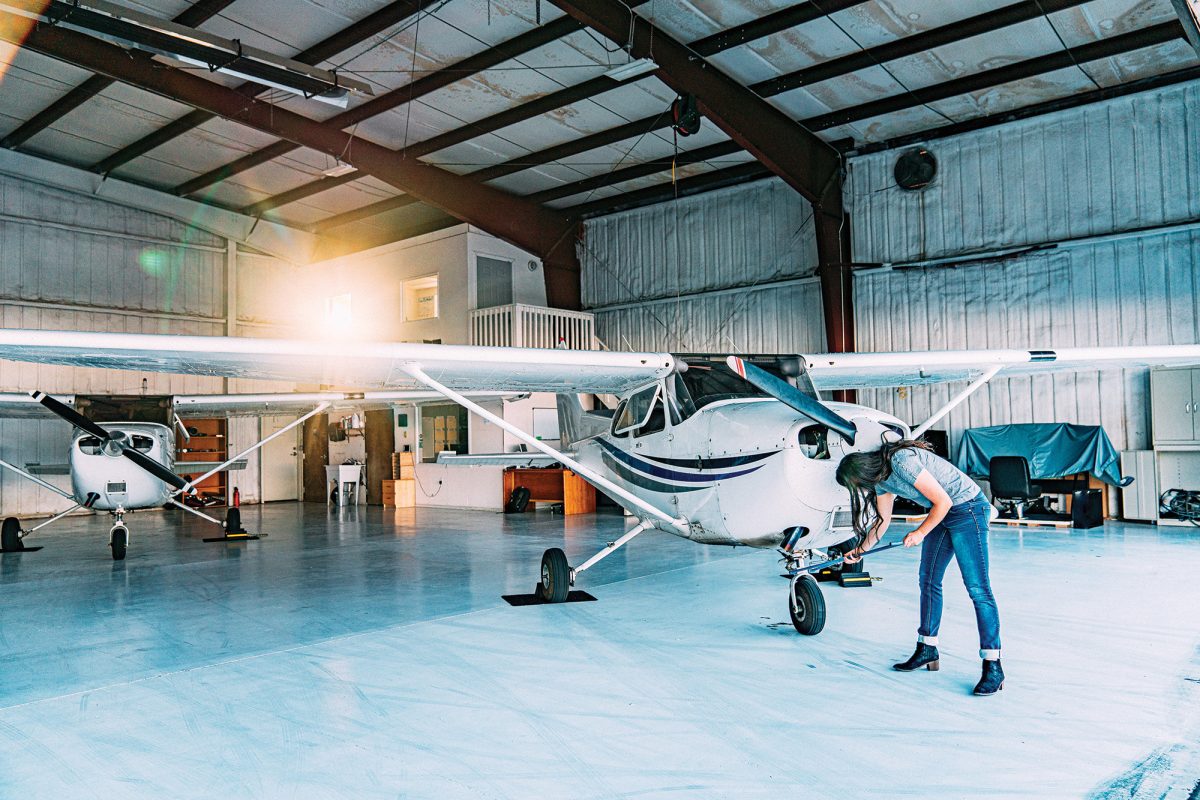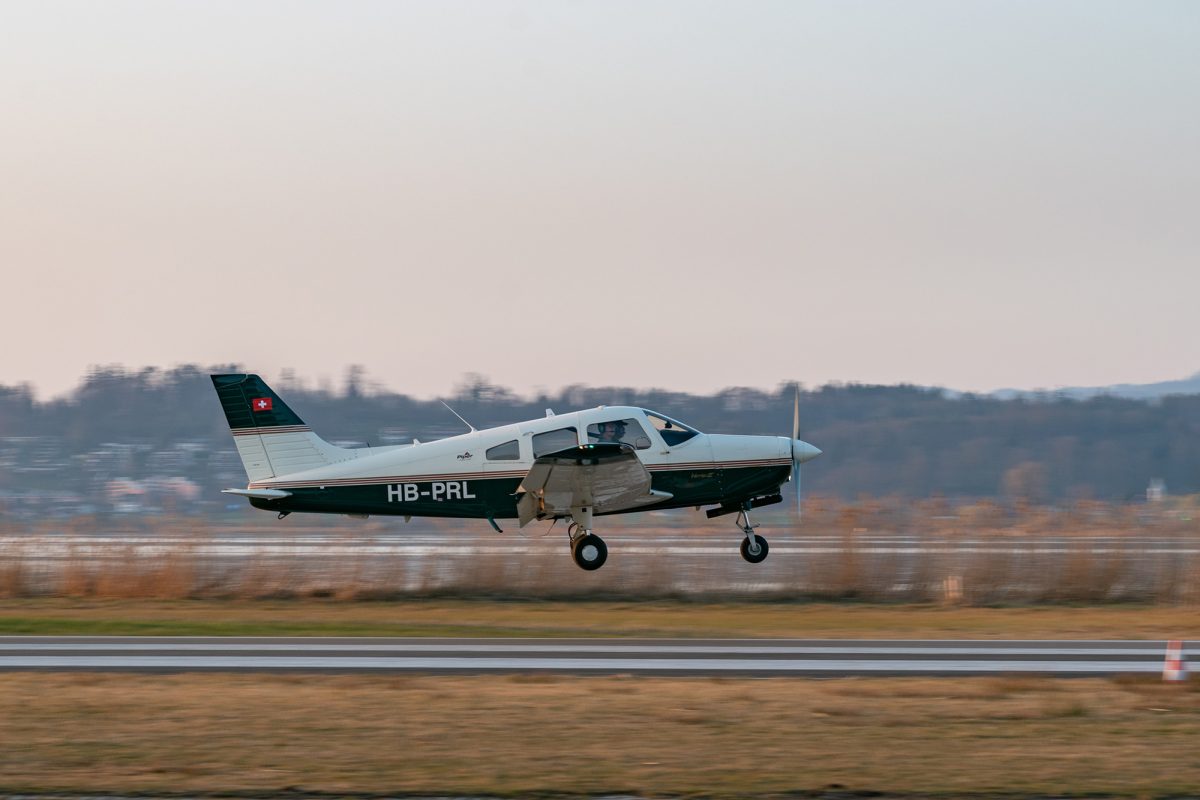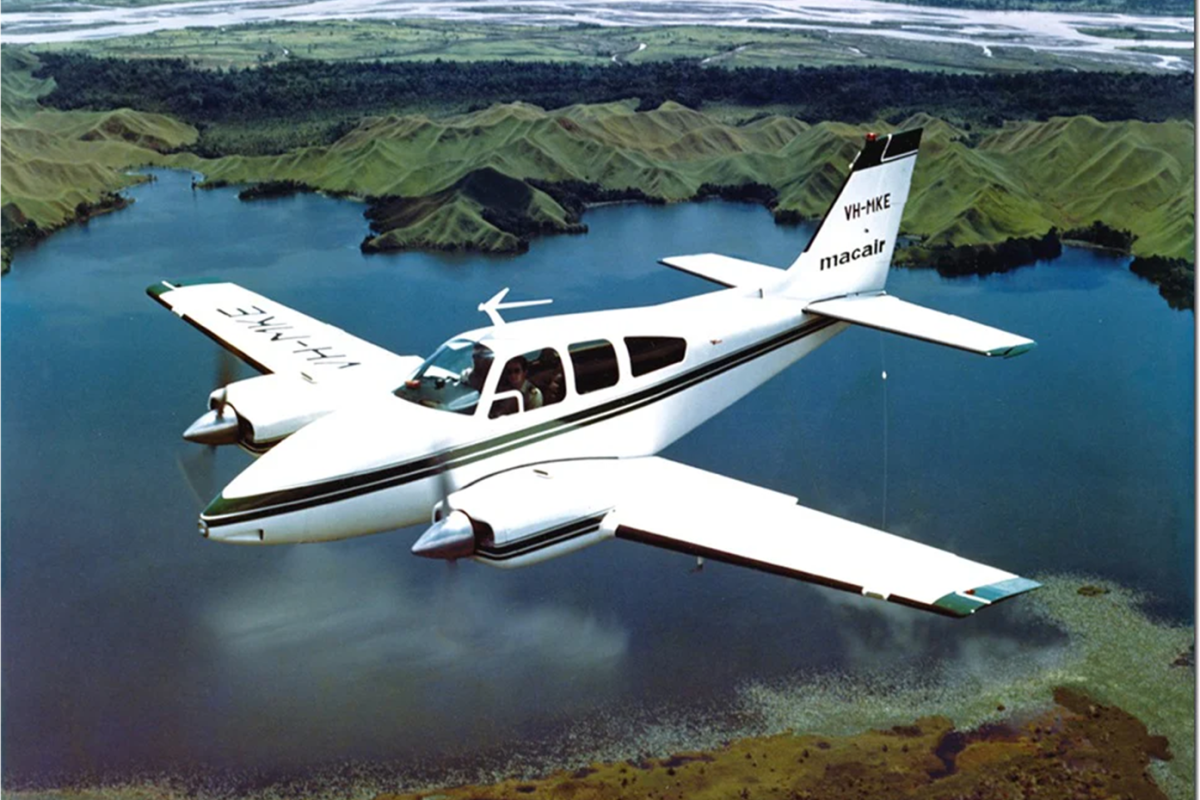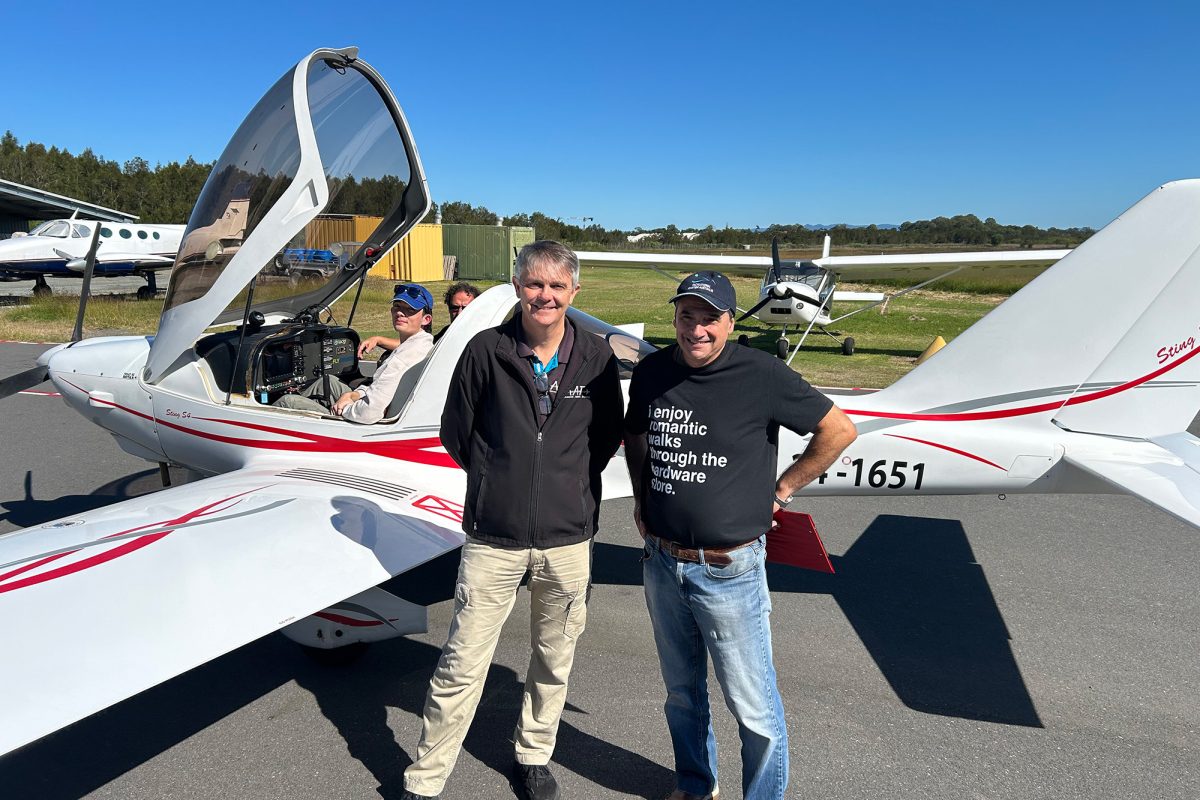A DEEP DIVE ON RAAUS’ NEWEST CATEGORY
Well, it’s almost here. By the time you’re reading this, RAAus will be only weeks away from officially launching the new Group G category. It’s a monumental step in the progression of recreational aviation in Australia – one that has been years in the making. Now that it’s here, let’s dig deeper in to what Group G really means for the RAAus community and beyond.
From May of this year, RAAus will start registering aircraft in the Group G category, which has been established to allow for larger and heavier aircraft to be flown with an RPC. The new category allows RAAus to administer aircraft with MTOWs between 600 and 760kg, regardless of stall speed. The move opens up a wealth of opportunities for RPC-holding homebuilders, GA pilots and aircraft manufacturers. For each of these parties, Group G offers a number of exciting benefits.
For RAAus pilots who are building their own aircraft, Group G allows for stronger and sturdier aircraft, without having to sacrifice useful load. Previously, builders were having to make a decision between enhanced sturdiness and the amount of weight they can carry, often electing to drop fuel capacity in order to comply.
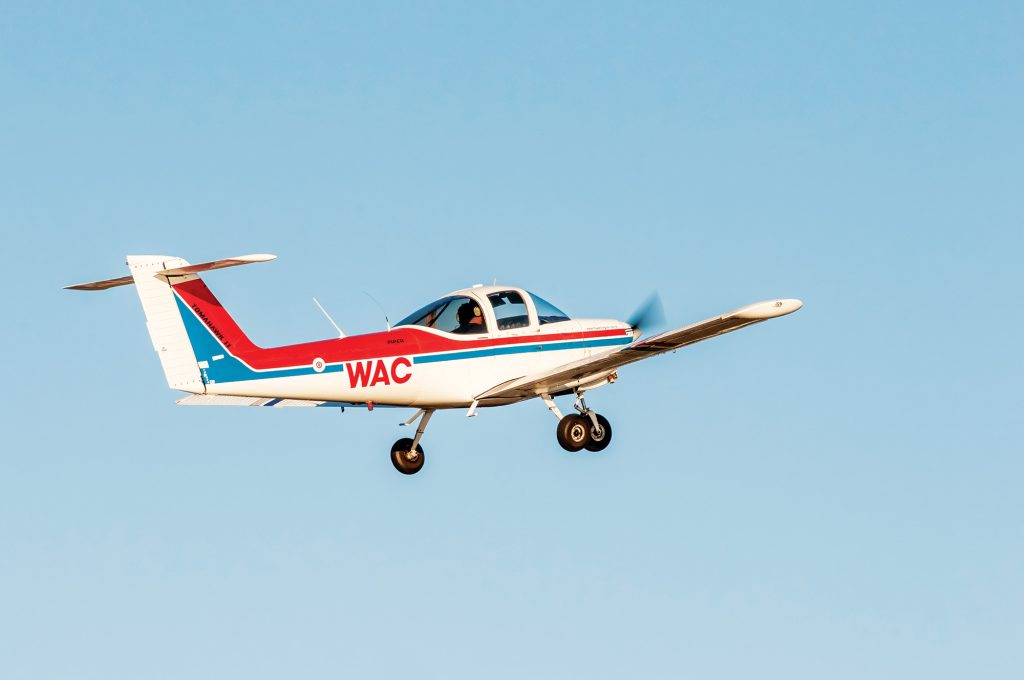
With the implementation of Group G, the days of having to artificially restrict MTOW to 600kg, despite a kit having approval for a higher MTOW, are over. This is obviously a huge win for RAAus pilots, offering the potential for additional range and better peace of mind. Safety outcomes are also likely to see a positive effect, as pilots are no longer making sacrifices in order to comply with an arbitrary number.
Group G also enables CASA-licensed pilots with eligible aircraft to consider re-registering with RAAus. Most type-certified VH-registered aircraft with an MTOW below 760kg will be eligible for Group G. This means aircraft like the Cessna 152, Piper Tomahawk and Vans RV-6 can now be found with an RAAus number on their side. For pilots of these aircraft, registering with RAAus can bring savings, such as the public liability insurance built into RAAus membership. In this way, Group G is making flying more affordable and accessible for a range of already-qualified pilots. It also helps our community to grow, as new members are welcomed into the fold. As we’re all aware, stronger membership gives RAAus more power when negotiating with other bodies, helping to deliver even more positive change going forward.
For manufacturers, Group G is a breath of fresh air that is likely to impact the types of aircraft offered in the Australian market long-term. One of the best examples of how Group G can affect manufacturers is our very-own Jabiru J230. The J230 is a modified version of the Jabiru J430, that comes with two less seats and a restricted MTOW of 599kg (100kg less than its 4-seat counterpart) in order to meet the Light Sport Aircraft (LSA) standard. While the two-seat limit must remain, Jabiru could theoretically re-certify the J230 (or launch a variant) without the arbitrary MTOW restriction. This would make the J230 an RAAus registerable aircraft with an empty weight of 370kg and an MTOW of 699kg. That’s a jaw-dropping 330kg of usable weight, just enough room for the kitchen sink!
Situations like this could occur across the manufacturing industry, ushering in a new era of stronger, more capable RAAus aircraft. Of course, a larger global market for these types of machines would need to develop for worldwide manufacturers to see the benefit. As it happens, the FAA’s Modernization of Special Airworthiness Certification (MOSAIC) proposal may just achieve exactly that. The discussion, in this early stage at least, looks promising.

With an MTOW increase secured, and once implementation of Group G is reviewed, RAAus will turn their attention to access to controlled airspace, based on feedback from members. Recently-held CASA consultation supports this. It’s something the community has repeatedly expressed a desire for. No matter where the next progression lies, it truly is an exciting time to be an RAAus pilot. Our world is expanding, our opportunities multiplying. After relentless hard work from too many individuals to name, RAAus has found itself one significant step closer to its mission to Inspire and Connect People Through Aviation. Whether you’re a long-time RAAus member, a new recruit, or a recent CASA convert, we can all be grateful for an organisation that continues to fight for us. Group G is just one jewel in the crown that RAAus has built, dedicated to making recreational flying in Australia an increasingly accessible and enjoyable experience.

